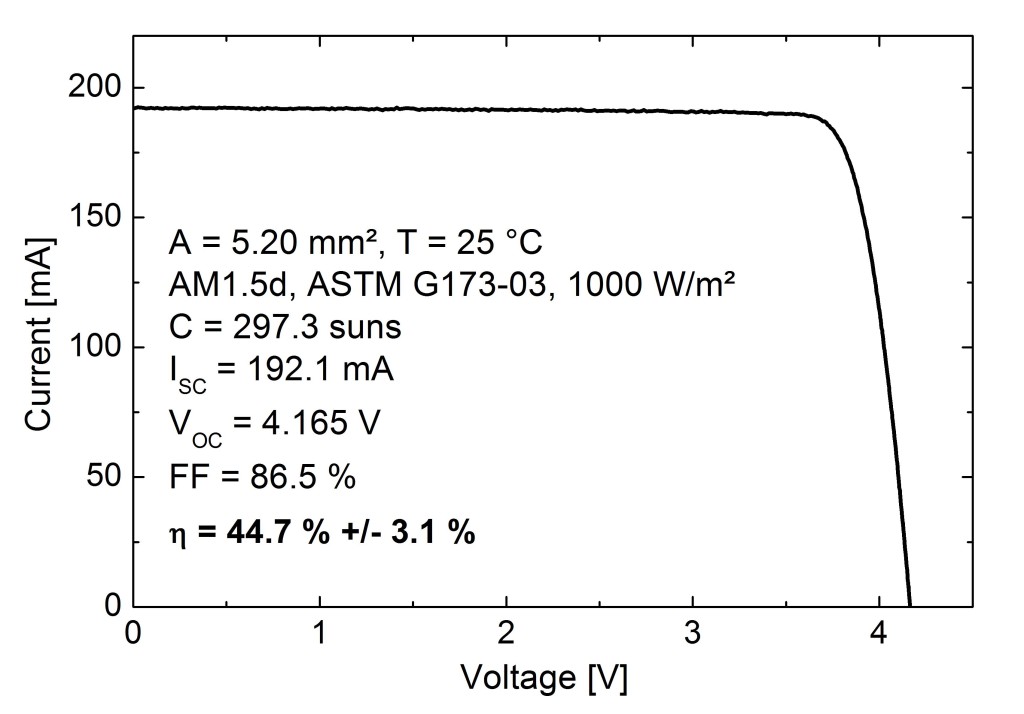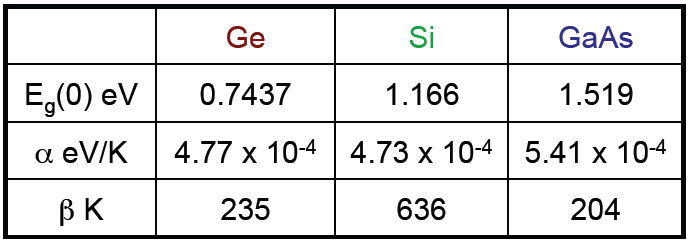Do Numbers Make Sense
Press Release
"The Fraunhofer Institute for Solar Energy Systems ISE, Soitec, CEA-Leti and the Helmholtz Center Berlin have jointly announced that they have achieved a new world record for the conversion of sunlight into electricity using a new solar cell structure with four solar subcells. Surpassing competition after only over three years of research, and entering the roadmap at world class level, a new record efficiency of 44.7% was measured at a concentration of 297 suns. This indicates that 44.7% of the solar spectrum's energy, from ultraviolet through to the infrared, is converted into electrical energy. This is a major step towards reducing further the costs of solar electricity and continues to pave the way to the 50% efficiency roadmap".
"These solar cells are used in concentrator photovoltaics (CPV), a technology which achieves more than twice the efficiency of conventional PV power plants in sun-rich locations. The terrestrial use of so-called III-V multi-junction solar cells, which originally came from space technology, has prevailed to realize highest efficiencies for the conversion of sunlight to electricity. In this multi-junction solar cell, several cells made out of different III-V semiconductor materials are stacked on top of each other. The single subcells absorb different wavelength ranges of the solar spectrum".
A Closer Look at the Numebrs
Let us now try to validate the numbers given above.
Power is the product of voltage and current.
Pideal=Voc Isc=(4.165)(0.1921)=0.8001Watts
Pmax=Pideal*FF=(0.8001)(0.8650)=0.6921Watts
This is the power produced by 5.20mm2 of solar cell.
1mm2 of solar cell would produce 0.1331Watts.
1m2 of solar cell would produce 133.1kW of solar energy.
This is the power generated due to 297.3 suns.
A single sun would produce 133.1kW/297.3=447.67Watts of power.
This gives us an efficiency of 447.67/1000=0.4477=44.77%.



![V_{oc} = \genfrac{}{}{1}{0}{k_{B} T}{e} ln \biggl[1+\genfrac{}{}{1}{0}{J_{L}}{J_{s}}\biggr]](http://24solarhome.com/wp-content/plugins/latex/cache/tex_3ea87d6fa688d693a2bc180dce8479a1.gif)
